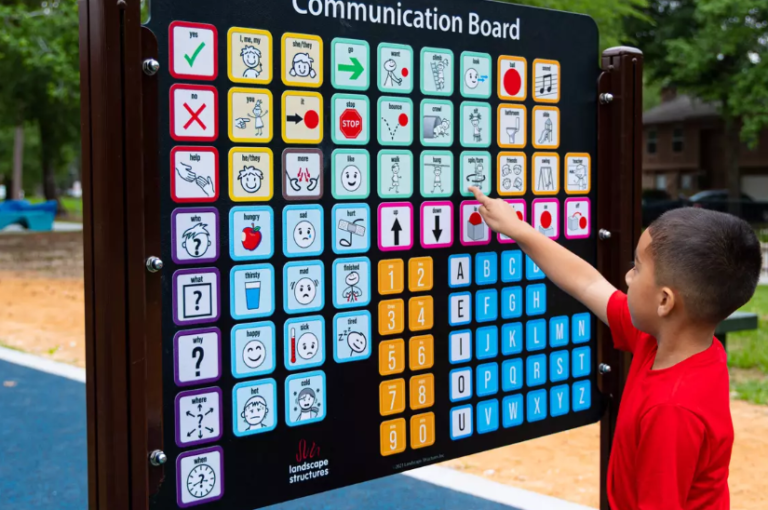Spelling tests have long been present in elementary classrooms. Each week, students study a list of words and memorize them in an attempt to be successful on their spelling test. Many programs embed phonics work and sentence writing but might we consider the following questions:
- Is this authentic assessment and who is it benefiting?
- Are the weekly words being transferred into student writing?
- Is there evidence that students have long term retention in prescribed word lists?
Does Spelling Matter?
When students are given a list of words each week, are they gaining proficiency in understanding how letters are correctly arranged to form a word? Is the foundation of phonemic awareness and word structure at the forefront of prescribed words?
Through best teaching practices, students need to be taught to spell in a way that makes sense, based on foundational literacy skills that lead to connections as well as an understanding of the relationships between letters and sounds.
The traditional way of approaching spelling in schools as an isolated task, primarily consisting of independent skill and drill work along with the responsibility of studying words each night at home.
Explicit, systematic spelling instruction has been shown to improve performance in reading fluency and comprehension. When looking at students’ spelling, it is essential to go beyond their mastery of the weekly word list. This is an opportunity to dig a little deeper and evaluate students’ understanding of sounds and patterns by looking at spelling in an organic and authentic way through daily writing tasks and formative assessments.
The diagnostic possibilities of examining students’ spelling include allowing the teacher to construct small, homogenous groups for word study and to truly understand the relationship between the student’s development and the instructional opportunities in small groups.
Using tools such as the CC3 and LeNS assessments, give strong evidence of student understanding of phonics; correlating sounds with letters or groups of letters in an alphabetic writing system. These tools act as formative assessment to inform teacher practice. Through our daily instruction in literacy, students should gain the understanding that letters represent the sounds of spoken language and that there is an organized, logical and predictable patterns between written letters and spoken sounds. When students learn that there are predictable relationships between sounds and letters, they are able to apply these relationships to both familiar and unfamiliar words.
Three Big Take Aways
- Programs of phonics instruction should be:
- Systematic: the letter-sound relationship is taught in an organized and logical sequence
- Explicit: the instruction provides teachers with precise direction for teaching letter-sound relationships.
- Effective phonics programs provide:
- Frequent opportunities for children to apply what they are learning about letters and sounds to the reading of words, sentences and stories.
- Systematic and explicit phonics instruction:
- Significantly improve children’s word recognition, spelling, and reading comprehension.
Supplementing Phonics – Resources
ARPDC – https://arpdc.ab.ca/pd-resource/supplementing-phonics-instruction/
This resource offers poem and read aloud suggestions for the different grapheme/phoneme concepts explored in explicit phonics instruction. This also includes a wide number of open-source decodable texts that you can use with your students, whether it’s for small group instruction, texts for their reading bins, or practice to send home.








